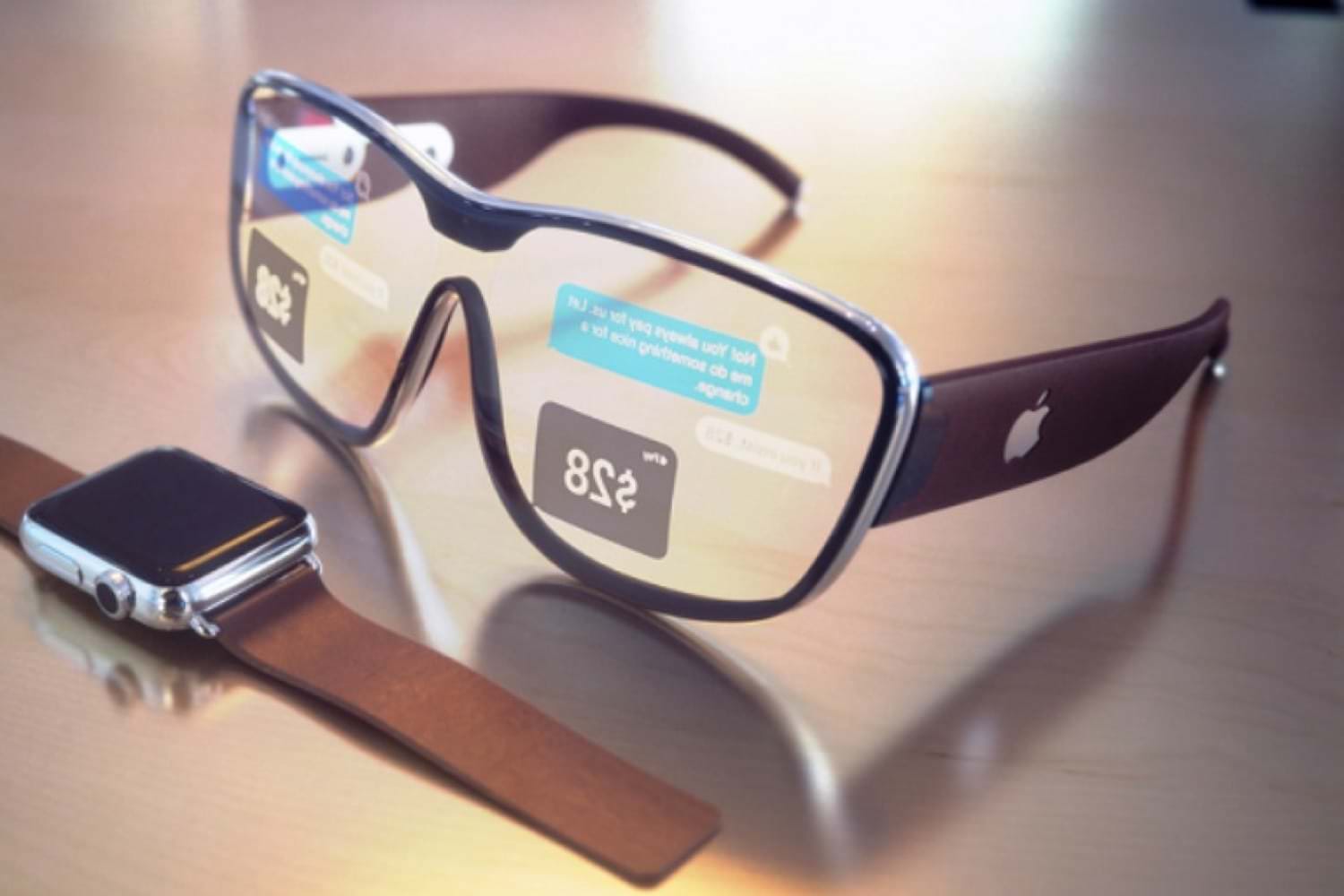

Features Understanding How iGlasses Detect Objects
IGLASSES TEAMS MANUAL
In light of this product being marketed as a mobility aid for people with little or no vision, providing a larger size font, such as 22- and/or 26-point, and including the manual in electronic format would provide a greater level of accessibility. The instructions are laid out in 14- and 16-point font along with diagrams. The manual that comes with the iGlasses effectively describes the basic operation and features of the device. Pressing and holding the button for an additional second will turn the unit off. The small, rubberized power button is located on the outside of the right arm, and the glasses are activated by pressing and holding this button for one second. A small, inconspicuous thumbwheel on the underside of the right arm of the frame allows you to adjust the level of intensity of the vibrational signal the glasses emit when detecting objects. You are given the option of clear lenses or tinted dark amber lenses, both of which provide UV400 protection. The glasses come with a one-page, double-sided User Manual. They come with a soft protective pouch, and you have the option of charging the unit's built-in lithium-ion battery using an AC charger or the USB connection included with the device. IGlasses weigh less than three ounces, are black in color, and roughly resemble a pair of NoIR wrap around sun filters.

IGLASSES TEAMS CRACKED
This product is the type of integrated and multipurpose design consumers are increasingly coming to expect, but are these iGlasses all that they're cracked up to be? This product evaluation will explore the pros and cons of this electronic mobility aid to help you better determine whether or not this product is right for you.Ĭaption: Photo of iGlasses Physical Design Royal National Institute of Blind People (RNIB) in the UK and AmbuTech of Canada have partnered to create a pair of sunglasses called iGlasses that detect nearby objects and alert travelers through vibration. For several reasons, including improved industry standards, an ever-expanding digital age, and stronger advocacy on behalf of consumers, people who are blind or visually impaired have come to expect a greater level of performance and integration with access devices these days. If you want to look up the weather forecast for the next few days, locate a specific address, find out if a financial transaction occurred, or scope out the nearest restaurant, this can all be done using a smartphone. This seems to also hold true for people who are blind or visually impaired. Technology is increasingly trending toward simplicity and integration with our daily activities.


 0 kommentar(er)
0 kommentar(er)
